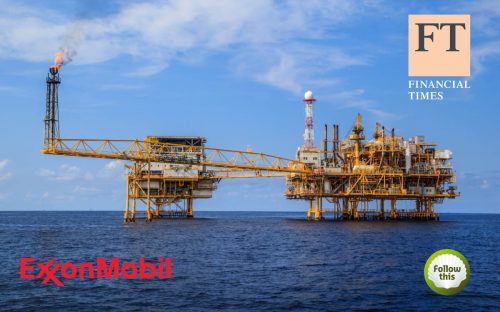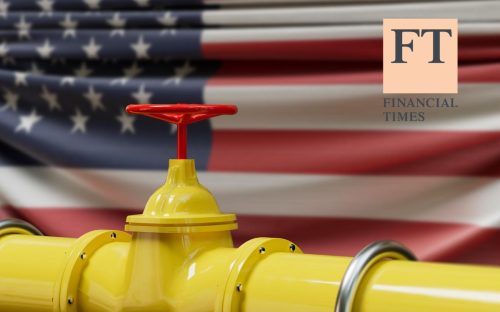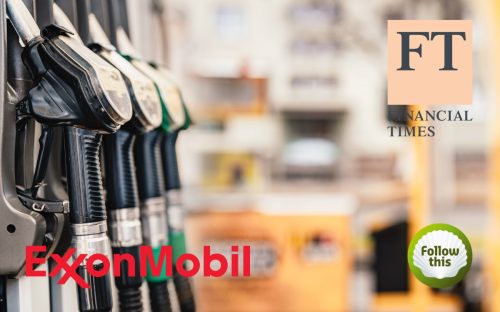PRESS RELEASE
Shell cuts investments in clean energy division
Shell’s investments in Renewables and Energy Solutions in 2023 fell to 11%, down from 14% in 2022
Shell’s investments in its Renewables and Energy Solutions (RES) division in 2023 were $2.7 billion, 11% of $24.4 billion in total investments, the company published in its annual results today. In 2022, investments in the clean energy division represented $3.5 out of $24.8 billion (14%).
“The decreased investments in its clean energy division show that Shell is not serious about the energy transition,” says Mark van Baal, founder of green shareholder group Follow This. “As long as investments in fossil fuels dwarf investments in renewables, Shell cannot claim to be in transition.”
“The figures show another year of missed opportunities to invest windfall profits in the energy supply of the future.”
Climate resolution
Follow This filed a climate resolution (see below) together with 27 institutional investors with €3.9 trillion assets under management for the annual shareholders’ meeting (AGM) in May. “Shell will only increase investments in clean energy if more shareholders vote for our climate resolution,” says Van Baal. The climate resolution requests Shell to set CO2-emissions reduction targets that are in line with the Paris Climate Agreement.
“The bulk of Shell’s investments remain tied to fossil fuel businesses, because the company doesn’t have a target to slash its total CO2 emissions this decade, as is required to reach the goal of the Paris Accord to tackle the climate crisis.”
Exact investments in renewables remain unclear
Since Renewables & Energy Solutions (RES) also includes gas, carbon capture and storage and carbon offsets, the actual investments in clean energy in RES are lower. In its presentation, Shell claims a higher amount in Low-carbon energy solutions without providing a detailed breakdown of what those cash capital expenditures entail.
Shell defines Low-carbon energy solutions as follows: ‘E-Mobility and Electric Vehicle Charging Services, Low-Carbon Fuels, Renewable Power Generation, Environmental Solutions, Hydrogen, CCS. We define low-carbon energy products as those that have an average carbon intensity that is lower than conventional hydrocarbon products, assessed on a life-cycle basis.’
Low-carbon energy solutions is probably comprised of the RES division and the Sectors & Decarbonisation and E-Mobily segments within the Marketing division, including the acquisition of biogas producer Nature Energy (‘nearly $2 bn.’) in the first quarter.
“Once again, Shell presents a smokescreen to obscure the fact that it barely invests in clean energy in the 6th year after its industry-leading announcement in 2017 to embark on the energy transition,” comments Van Baal. “Shell is telling shareholders that the clean energy transition is not its priority.”
Shell results
Shell Global | Latest Quarterly Results
Shell Climate Resolution 2024
Shareholders support the Company, by an advisory vote, to align its medium-term emissions reduction targets covering the greenhouse gas (GHG) emissions of the use of its energy products (Scope 3) with the goal of the Paris Climate Agreement: to limit global warming to well below 2°C above pre-industrial levels and to pursue efforts to limit the temperature increase to 1.5°C.
The strategy for achieving these targets is entirely up to the board.
You have our support.










